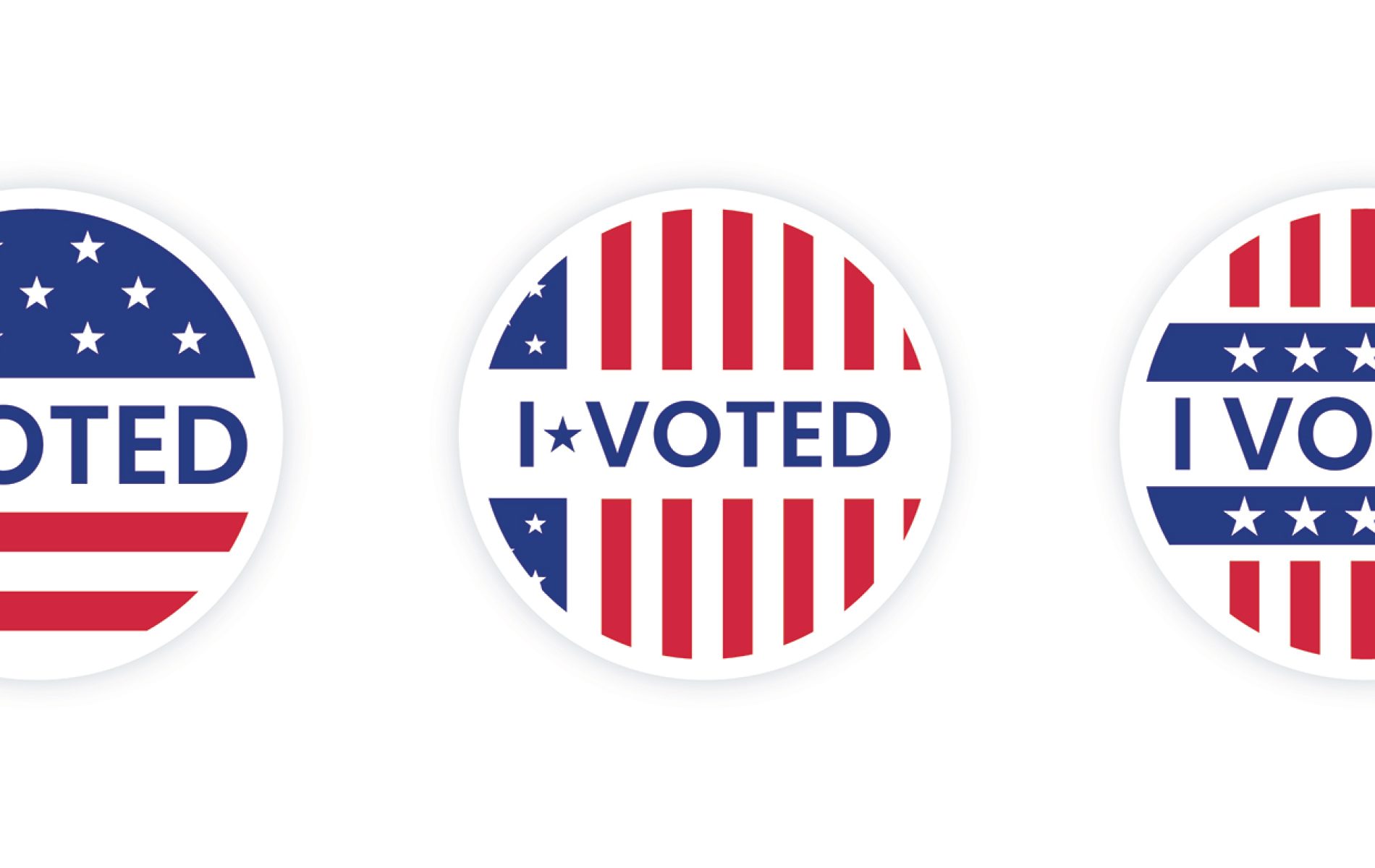Before we start, you might be wondering: What exactly is a concussion? A concussion, also known as mild Traumatic Brain Injury (mTBI), happens when you are hit in the head hard enough to experience brain-related symptoms such as headache, sensitivity to light or sound, difficulty speaking, or being excessively tired for days. The hit or a sudden back and forth jolt to your neck, shoulder, or head (as could happen during a tackling collision) can cause your brain to move back and forth and bounce around your skull. This can create chemical changes in your brain that might damage your brain cells and/or rope-like fiber bundles that cross one side of your brain to the other side. Now, picture two high school students in front of you. One is a boy who plays soccer, the other is a girl who plays soccer. Which of these two athletes do you think is more likely to develop concussion symptoms?

According to a recent study in the prestigious journal Pediatrics, teenage girls who play soccer have a much higher rate of concussions than teenage boys who play soccer. A study by National High School Sports-Related Injury Surveillance shows that girls have a rate of 8.4 concussions per every 10,000 practices and games. Meanwhile, boys who play soccer have a rate of less than half of the girls, at about 3.5 concussions per 10,000 practices and games. While the number for concussions amongst girls might not seem all that high, keep in mind that high school-aged boys who play football suffer the most amount of concussions at 10.2 concussions per every 10,000 practice and games. So, interestingly, girls playing soccer have almost the same number of concussions as football players. But why is that?
The exact reason why girls are more likely to experience concussions in sports remains unknown but researches have some theories. They are finding that biological differences between men and women may be one of the reasons. Specifically, a young woman may not have as strong neck muscles as a young man. As such, when a girl hits her head, her neck will move a lot more than a boy and this causes her brain to bounce around more in the skull. Other theories such as differences in hormones or in cerebral blood flow (which means how much blood flows into your brain) are being considered. However, it is really not clear as to just how much each of those differences contributes to the difference in concussion rates between boys and girls.
There are also “non-biological” differences that can influence the reported rate of concussions in girls vs boys. One theory states that girls are much more likely to report their symptoms to parents or doctors while boys are more likely to hide their symptoms so that they can return to play sooner. Parents themselves may also contribute to this because they might tell their sons to “tough it out” and not realize how serious their injury really is. If this is really the case with boys then there might actually be even greater numbers of concussions in boys; they just go unreported and cannot be shown in the statistics gathered. Because of this, there have been recent efforts to educate players, parents, and coaches on just how dangerous concussions can be to young players and how repeated incidents can only make things worse. We can only hope more players will report about their concussion symptoms and seek help.

Another factor as to why concussion rates in girls sports is so high is that girls’ sports are considered less rough than boy’s sports. Research reported in the Clinical Journal of Sports Medicine notes that schools may not provide the necessary care for girls in contact sports such as soccer, unlike boys’ sports which are generally considered to be rougher. Because of this, it may take longer for a girl to even realize she’s gotten a concussion and this will cause her symptoms to persist longer than they need to. Also, in most boys’ sports, contact is legal. This means that boys are allowed to tackle or check each other. Therefore, boys are trained and taught how to take and avoid big hits by their coaches for sports such as football, ice hockey, and lacrosse. In girls’ sports checking is usually not allowed or is at least discouraged. Because of this, a girl might not know how to properly take a hit and receive a concussion. Another problem with this difference between girls’ and boys’ sports is that boys’ sports that have contact enforce the use of helmets to protect from concussions but girls’ sports that have contact do not enforce the use of helmets. A helmet lab at Virginia Tech has actually done some research and found that the right helmet may reduce concussion risk.
If your child is taking interest in contact sports, here are five ways that you can help prevent concussions:
- Make sure they use a helmet that fits well
- Educate your child on the risks of contact sports
- Encourage your school to develop a program for helping with concussion detection and treatment if they don’t have one
- Listen to your child carefully if they report symptoms of a concussion
You can learn more about concussions from the CDC website. For more information on how you can treat your concussion symptoms, please visit our website at NeuroGrow.com
This blog was written by Carl Erznoznik and edited by Dr. Majid Fotuhi



